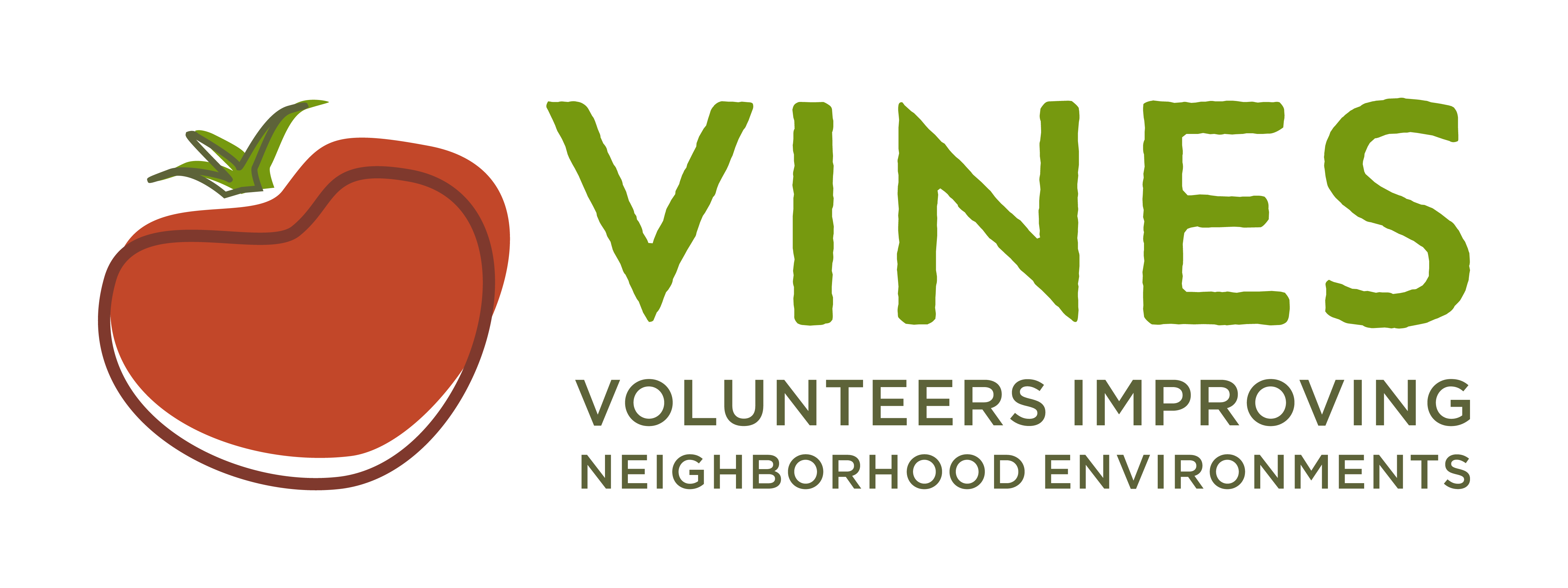In the summer heat, it is important to make sure that both you and your plants are staying properly hydrated. However, there are many variables to consider when watering your plants, such as the type of plant, plant size, soil texture, and recent weather conditions. Follow these general tips when watering your plants to maximize your water use!
- Water where the roots are
- Focus watering near the soil. Try to water deep to reach the roots.
- Check the soil before watering
- Check to make sure that the soil is dry a few inches down. If it is still wet, maybe consider waiting a day to water your plants.
- Water in the morning
- The morning is the best time to water your plants, this way if the leaves get wet they have the entire day to dry out. If watering in the morning is not possible, evening is the second best time.
- Water slowly
- If surface soil is too dry, water may puddle and run off, not actually being absorbed into the soil. To avoid this, start watering slowly then gradually build up.
- Don’t overwater
- Plants need oxygen as well as water. They can drown if overwatered! For most plants it is best to wait for surface soil to dry before watering again
- Mulch plants
- A thin layer of organic mulch such as mulch or compost will help reduce evaporation and runoff, which will help with drainage. However, a layer of mulch more than an inch thick may prevent moisture from reaching the roots.
- Choose the right watering system for your garden
- There are many different types of irrigation systems that can be used, such as sprinklers, soaker hoses, drip irrigation and more. Check out this guide to see which irrigation system may be best for you.

